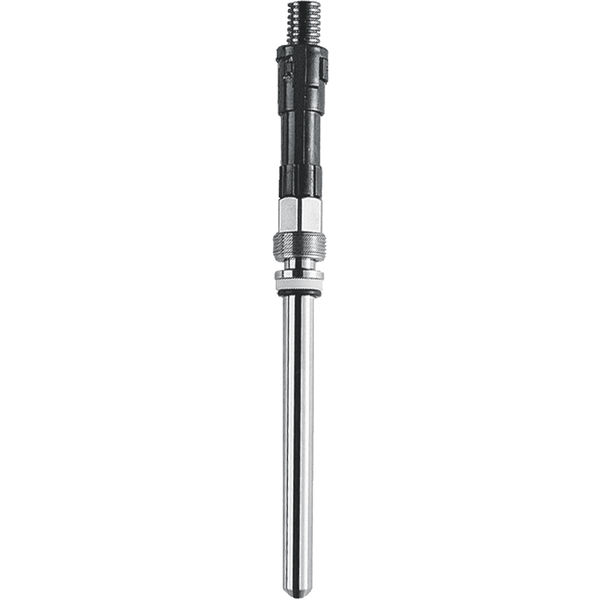
Turb Sensor InPro8100/S/205
The InPro 8100 single optical fiber turbidity sensor is designed for samples that have a high particle concentration. The sensor has a wide linear measuring range.
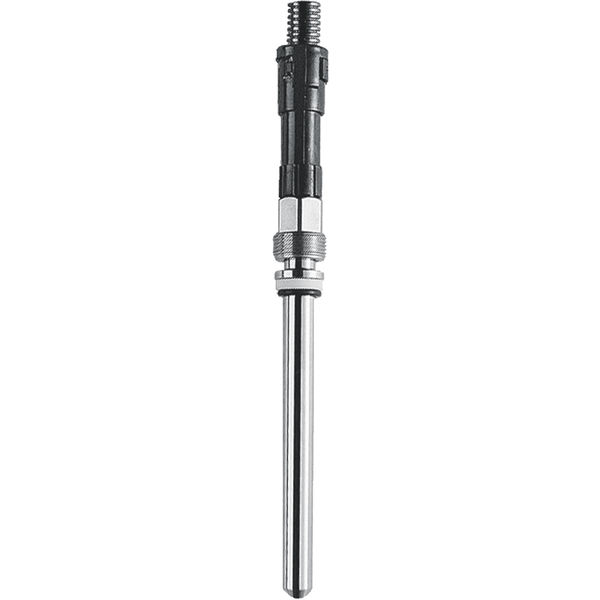
Turb Sensor InPro8100/S/297
The InPro 8100 single optical fiber turbidity sensor is designed for samples that have a high particle concentration. The sensor has a wide linear measuring range.
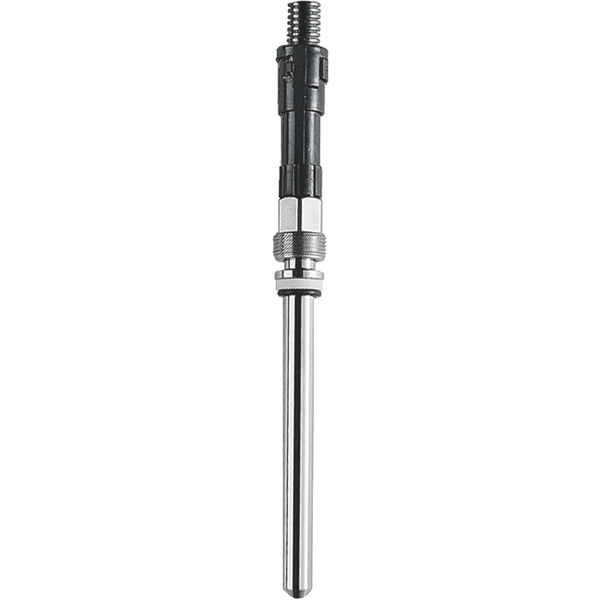
Turb Sensor InPro8100/S/407
The InPro 8100 single optical fiber turbidity sensor is designed for samples that have a high particle concentration. The sensor has a wide linear measuring range.
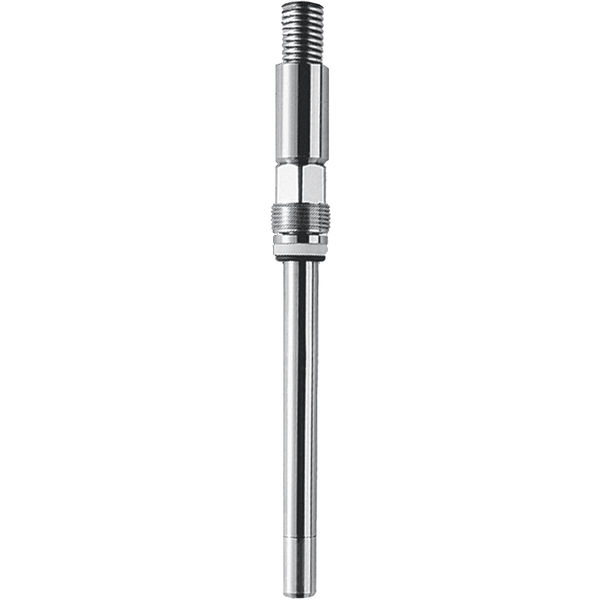
Turb Sensor InPro8200/S/Epoxy/205
The InPro 8200 dual optical fiber turbidity sensor is designed for samples with medium to high particle concentration and where high resolution is a requirement.
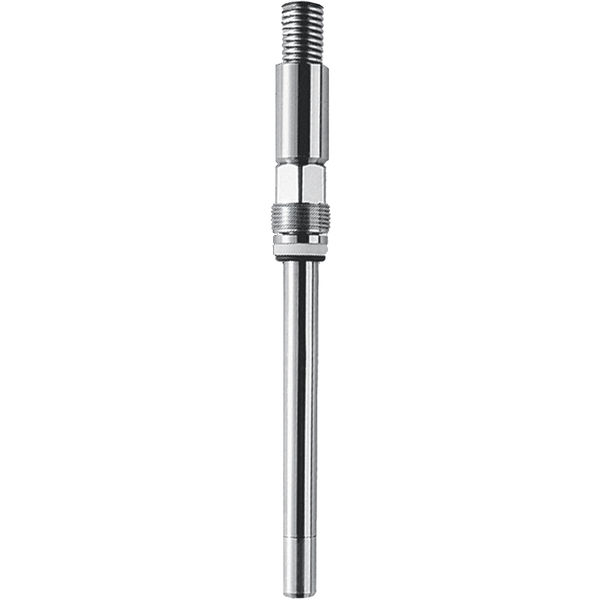
Turb Sensor InPro8200/S/Epoxy/297
The InPro 8200 dual optical fiber turbidity sensor is designed for samples with medium to high particle concentration and where high resolution is a requirement.

Turb Sensor InPro8200/S/Epoxy/407
The InPro 8200 dual optical fiber turbidity sensor is designed for samples with medium to high particle concentration and where high resolution is a requirement.
Unlock Service Excellence - Maximize Your Efficiency










